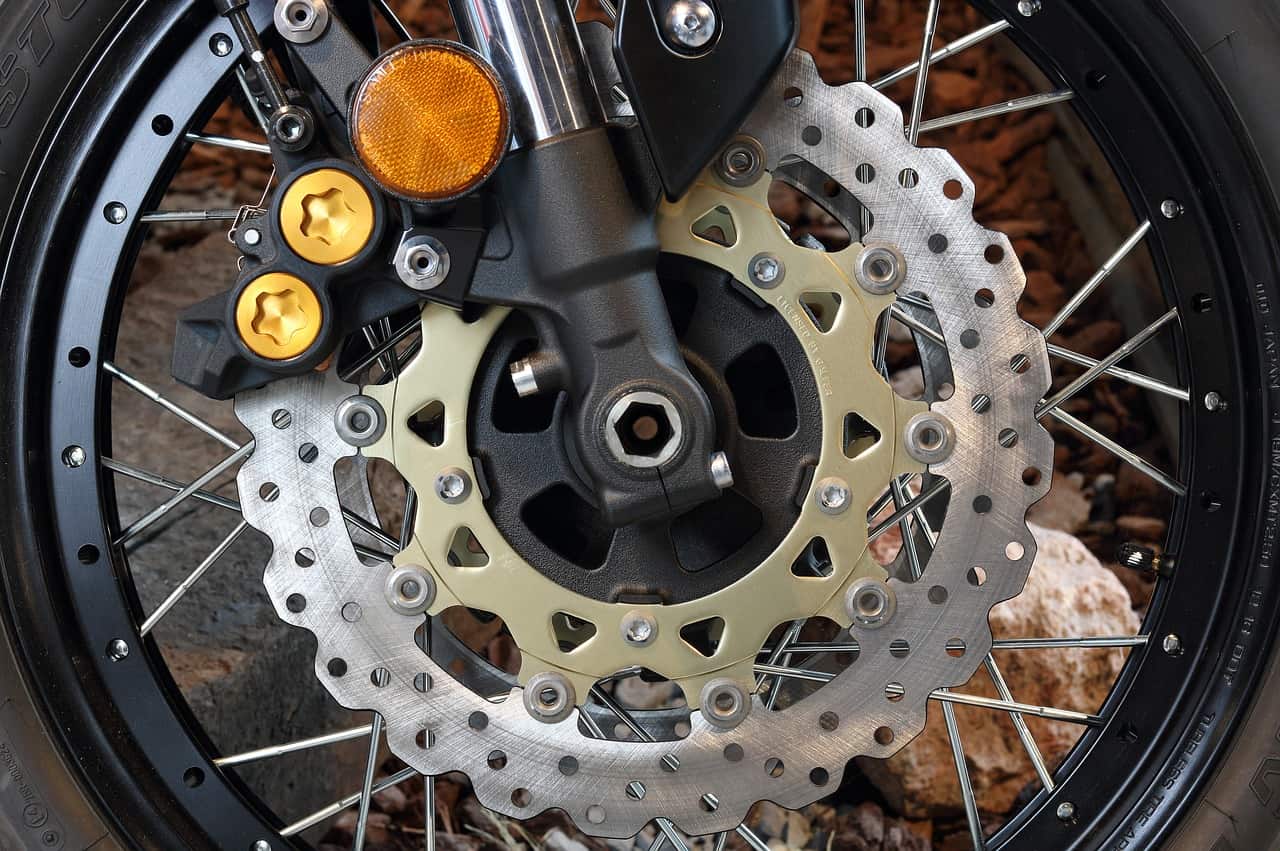To imagine your life without a vehicle is quite difficult in this day and age. On every road, you will find cars, bikes, buses, and other means of transportation, rushing people to their destination.
With the ever-falling price of vehicles, it is getting easier for people to afford one for themselves. But owning a car is only the first step. You also need to know how to maintain your vehicle correctly, and that is a big thing to learn.
A car involves many mechanical parts that you must understand and manage individually. Brake rotors are one of the crucial elements of a vehicle. And even if you have the top-rated brake rotor installed at your car, without proper maintenance; things will fall apart.
That’s why you need to know how to take care of your brake rotors, and for that, you need to know their different types and how they work. If you already know what these are, consider looking at some of the top-rated brake rotors in the market.
What are Brake Rotors?
Brake rotors or sometimes called brake discs are a crucial element of the brake mechanism of your vehicle. If you want the simple answer; brake rotors make use of the brake pads to stop the wheel by clamping down on it.
A brake disc is round in shape and comes in a metallic construction. You can actually see it through the spoke of the wheel since it is attached to the wheel hub. They are usually attached to the rear axle of the vehicle, but in some modern cars, the front axle also comes with brake rotors installed.
How Do Brake Rotors Work?
The idea of brake rotors is simple. When you activate the brake, the pads make contact with the brake rotor using a caliper. It is done using hydraulic pressure created by the main cylinder and transferred to the caliper using metal lines and rubber hoses.
The brake rotor absorbs the heat that is created due to the friction when the pad makes contact with the rotor. So, the primary function of the brake rotor is to absorb and dissipate the heat energy generated when activating the brake. This entire process takes place when you press down on the brake or slow your car down.
Different Types of Rotors
There are generally four different types of rotors found in different vehicles. They are:
- Blank & Smooth – These rotors come with a blank and smooth metal surface. You can find them commonly in passenger vehicles.
- Drilled – These types of rotors come with drilled holes around the surface.
- Slotted – Featuring an improved brake output; slotted rotors feature long lines along the metal surface
- Drilled & Slotted – A combination of drilled and slotted; this rotor gives the best performance.
How to Take Care of Your BrakeRotors?
Without regular cleaning and proper maintenance; you cannot expect your rotors to survive for an extended period.
It is an essential element of your car, and you should never be lazy about cleaning it. This step-by-step guide will help you understand how to clean your car rotor correctly.
Step – 1
Find a level ground to park your car. To access the rotors; first, you must lift the car using a jack, and you do not want to do that in uneven terrain.
After parking, you should turn off the power and place tire blocks around the vehicle to prevent unnecessary movement while you work.
Step – 2
Use a lug screw to loosen the nuts on the tire. This step is quite tricky if you lift the car beforehand. So, it might be wise to do it when the vehicle is on the ground.
Step – 3
Lift up the car using jack stands. If you do not know the best placement, you can always check the car’s manual book.
Usually, the point to place the jack is quite easy to find. Make sure that you are using a secured position and not the paneling. As long as you are placing the stand on a solid and even surface; you should be good.
If you place the jack on the paneling, the full weight of the car will cause the jack to fall. Not only that, but it might also harm the paneling.
Using multiple jack stands is also a viable option to add better stability when you work. Additionally, utilizing a breeze block ensures your safety in case the car comes off a stand.
Step – 4
Now that the car is raised and securely positioned; you can proceed with removing the lug nuts entirely. Once you remove the nuts, take the tires off. Getting rid of all the tires helps in speeding up the process of cleaning your brake rotors.
Step – 5
Make sure that the rotors require cleaning. The main problem is that you cannot truly understand if any maintenance is needed until you have full access to the rotors.
Several issues may be responsible for your rotors not performing up to its full potential. If there are any wears in the disc, the pads will not touch the rotors evenly or instantly. It can get dangerous over time if left on its own.
However, rotors usually come with a lifespan of 40000 to 60000 miles of regular use. So, if you have been using the vehicle for some time; it might be well past any maintenance or repair.
If that is the case, the best course of action is to replace your rotors. If that is not the case with your one, proceed to step 6.
Step – 6
Slowly clean the rotor using a stainless-steel brush. Rust build-up is a common culprit in poor rotor function, especially in second-hand cars. Using a stainless-steel brush can remove this pesky nuance and get it working perfectly.
Step – 7
Use a grinder or lathe to get rid of any additional protrusions if you need it. However, only do this step if you have experience with a lathe machine. The last thing you want is to make the rotor uneven.
Final Thoughts
Brakes are, in truth, the most vital part of your vehicle. It ensures the safety of the passenger and also the pedestrians. Having a well-functioning rotor is important since, without it, your brake will not react as instantaneously as you need.
Taking care of your brake rotor can be tiresome, but it is essential to have good driving experience. Using the easy to follow steps mentioned above, you should be able to clean your rotor and take care of it with ease.




